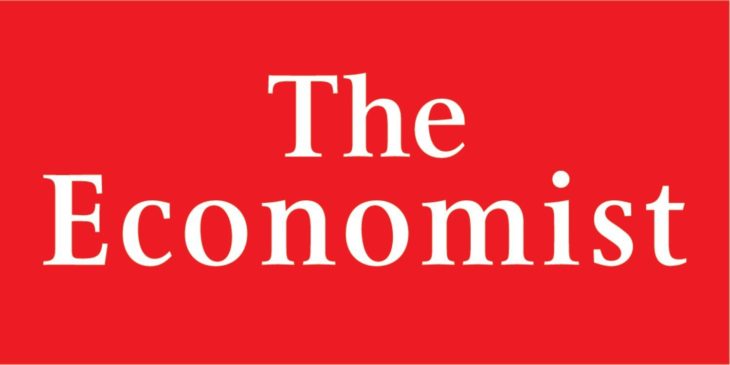
Economist Magazine Innovates as Print Continues to Struggle
The Economist Group recently announced that it has combined its sales and circulation teams to form a new Publisher Team. This structure brings together the Circulation division, now the largest contributor of profits to The Economist Group, along with the Sales, Marketing Solutions, Events and Analytics divisions into one cohesive, cross-functional team that is underpinned by key account management and strong customer data. In addition, Michael Brunt has been appointed Chief Operating Officer and Publisher of The Economist and will lead the new team.
“The Publisher Team combines the strongest parts of our business to ensure that we are creating the best products and services for our readers as well as our clients, and that The Economist will be here for the next 175 years,” said Chris Stibbs, Chief Executive Officer, The Economist Group. “Michael’s success in transforming The Economist’s Circulation division makes him perfectly suited to lead the new Publisher Team.”
“I am thrilled to lead the Publisher Team, which gathers the best minds from inside our business to work together to create unique, truly global opportunities for our clients to reach our intelligent, curious and highly engaged audience in an environment based on trust, integrity and quality,” said Michael Brunt, Chief Operating Office and Publisher, The Economist. “With the Publisher Team we are able put the full force of our marketing expertise behind marquis events that support our values and provide an opportunity for clients to participate without compromising our editorial independence.”
Prior to his appointment as COO and Publisher, Mr Brunt served as Managing Director and Chief Marketing Officer for Circulation. Under his leadership, he redefined the strategy for Circulation to focus on profitability making it the largest contributor of profits to The Economist Group. Mr Brunt began his career with The Economist Group in 2006 as Marketing Services Director in London. Since then he has held various leadership positions across the Group in the UK, New York, CEMEA and Hong Kong.
According to a statement from The Economist, “While many publishers may have floundered in an unstable marketplace, The Economist has embraced change as an opportunity to rethink revenue mix and investment, with a focus on profitably growing its Circulation business and investing in circulation marketing at record levels. It has forgone native advertising opportunities in favor of maintaining editorial independence and has invested in editorial resources where many publishers have cut back. Underpinned by the idea that readers are willing to pay for high-quality journalism, The Economist has employed a pricing and paywall strategy that allows new readers to sample content at introductory pricing, while maintaining the value of its editorial product.”
The problems facing The Economist are still the same as other traditional publications. Tactics being used like by print publications with online presence is letting them click 3 or 4 articles a month and then having to pay, leading to many simply never coming back because they forget about the site in 30 days. Or they try charging by the article. Or they bombard visitors with a huge number of obnoxious pop ups and ads that will keep being an issue until you subscribe. This last approach literally makes the visitor feel like a hostage. Meanwhile, there is a plethora of independent news sites (like www.USABusinessRadio.com) that continue to make great content available without these obstacles.





